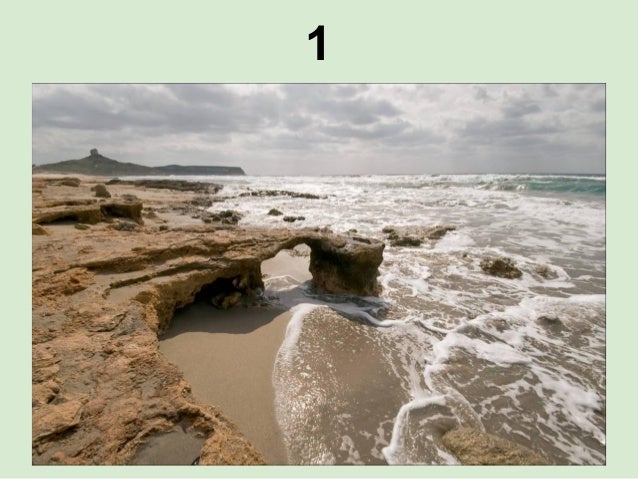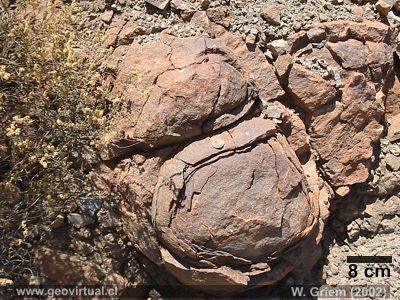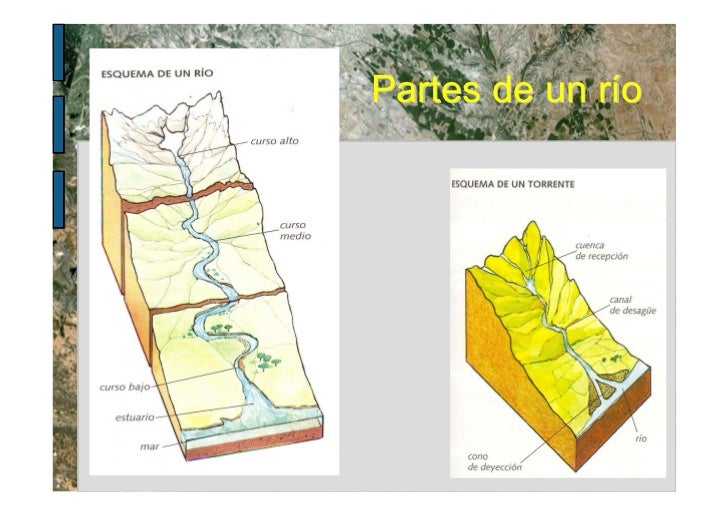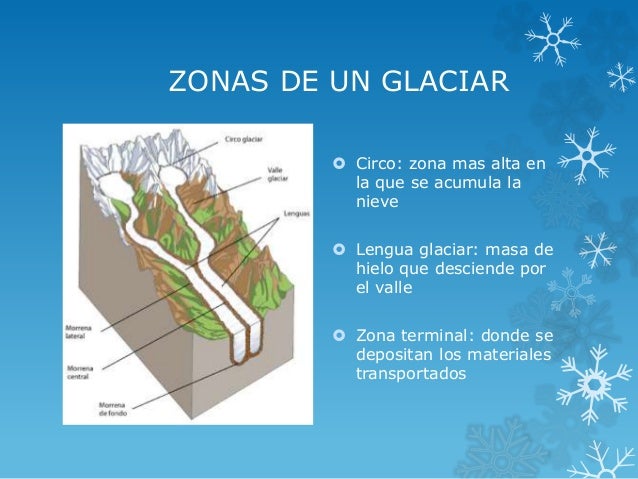miércoles, 8 de junio de 2016
lunes, 25 de abril de 2016
jueves, 7 de abril de 2016
código semáforo
/*
Parpadeo
Este código de ejemplo está en el dominio público .
*/
//Pin 13 tiene un LED conectado en la mayoría de las placas Arduino .
// give it a name:
int led = 13;
int ledamarillo = 12;
int ledrojo = 11;
//
// inicializar el pin digital como salida.
pinMode(led, OUTPUT);
pinMode(ledamarillo, OUTPUT);
pinMode(ledrojo, OUTPUT);
}
//la rutina de bucle se ejecuta una y otra vez para siempre () {
digitalWrite(led, HIGH); // turn the LED on (HIGH is the voltage level)
delay(10000); // wait for a second
digitalWrite(led, LOW); // turn the LED off by making the voltage LOW
delay(10); // wait for a second
digitalWrite(ledamarillo, HIGH); // turn the LED on (HIGH is the voltage level)
delay(1000); // wait for a second
digitalWrite(ledamarillo, LOW); // turn the LED off by making the voltage LOW
delay(1000); // wait for a second
digitalWrite(ledamarillo, HIGH); // turn the LED on (HIGH is the voltage level)
delay(1000); // wait for a second
digitalWrite(ledamarillo, LOW); // turn the LED off by making the voltage LOW
delay(1000); // wait for a second
digitalWrite(ledamarillo, HIGH); // turn the LED on (HIGH is the voltage level)
delay(1000); // wait for a second
digitalWrite(ledamarillo, LOW); // turn the LED off by making the voltage LOW
delay(100); // wait for a second
digitalWrite(ledrojo, HIGH); // turn the LED on (HIGH is the voltage level)
delay(10000); // wait for a second
digitalWrite(ledrojo, LOW); // turn the LED off by making the voltage LOW
delay(1000); // wait for a second
}
Parpadeo
Se enciende un LED durante un segundo , luego se apaga durante un segundo , en repetidas ocasiones .
Este código de ejemplo está en el dominio público .
*/
//Pin 13 tiene un LED conectado en la mayoría de las placas Arduino .
// give it a name:
int led = 13;
int ledamarillo = 12;
int ledrojo = 11;
//
la rutina de instalación se ejecuta una vez al pulsar RESET:
() { // inicializar el pin digital como salida.
pinMode(led, OUTPUT);
pinMode(ledamarillo, OUTPUT);
pinMode(ledrojo, OUTPUT);
}
//la rutina de bucle se ejecuta una y otra vez para siempre () {
digitalWrite(led, HIGH); // turn the LED on (HIGH is the voltage level)
delay(10000); // wait for a second
digitalWrite(led, LOW); // turn the LED off by making the voltage LOW
delay(10); // wait for a second
digitalWrite(ledamarillo, HIGH); // turn the LED on (HIGH is the voltage level)
delay(1000); // wait for a second
digitalWrite(ledamarillo, LOW); // turn the LED off by making the voltage LOW
delay(1000); // wait for a second
digitalWrite(ledamarillo, HIGH); // turn the LED on (HIGH is the voltage level)
delay(1000); // wait for a second
digitalWrite(ledamarillo, LOW); // turn the LED off by making the voltage LOW
delay(1000); // wait for a second
digitalWrite(ledamarillo, HIGH); // turn the LED on (HIGH is the voltage level)
delay(1000); // wait for a second
digitalWrite(ledamarillo, LOW); // turn the LED off by making the voltage LOW
delay(100); // wait for a second
digitalWrite(ledrojo, HIGH); // turn the LED on (HIGH is the voltage level)
delay(10000); // wait for a second
digitalWrite(ledrojo, LOW); // turn the LED off by making the voltage LOW
delay(1000); // wait for a second
}
Código del coche fantastico
/*
CÓDIGO DEL SEMÁFORO
*/
// LED CONECTADO EN LAS PLACAS DE DE ARDUINO.
// DALE UN NOMBRE:
int led = 13;
int ledamarillo = 12;
int ledrojo = 11;
// A CADA VARIABLE LE ASIGNAMOS UNA SALIDA
void setup() {
// initialize the digital pin as an output.
pinMode(led, OUTPUT);
pinMode(ledamarillo, OUTPUT);
pinMode(ledrojo, OUTPUT);
}
// SE HACE UN BUCLE O REPETICIÓN INDEFINIDA
void loop() {
digitalWrite(led, HIGH); // turn the LED on (HIGH is the voltage level)
delay(100); // wait for a second
digitalWrite(led, LOW); // turn the LED off by making the voltage LOW
delay(100); // wait for a second
digitalWrite(ledamarillo, HIGH); // turn the LED on (HIGH is the voltage level)
delay(100); // wait for a second
digitalWrite(ledamarillo, LOW); // turn the LED off by making the voltage LOW
delay(100); // wait for a second
digitalWrite(ledrojo, HIGH); // turn the LED on (HIGH is the voltage level)
delay(100); // wait for a second
digitalWrite(ledrojo, LOW); // turn the LED off by making the voltage LOW
delay(100); // wait for a second
digitalWrite(ledamarillo, HIGH); // turn the LED on (HIGH is the voltage level)
delay(100); // wait for a second
digitalWrite(ledamarillo, LOW); // turn the LED off by making the voltage LOW
delay(100); // wait for a second
}
CÓDIGO DEL SEMÁFORO
*/
// LED CONECTADO EN LAS PLACAS DE DE ARDUINO.
// DALE UN NOMBRE:
int led = 13;
int ledamarillo = 12;
int ledrojo = 11;
// A CADA VARIABLE LE ASIGNAMOS UNA SALIDA
void setup() {
// initialize the digital pin as an output.
pinMode(led, OUTPUT);
pinMode(ledamarillo, OUTPUT);
pinMode(ledrojo, OUTPUT);
}
// SE HACE UN BUCLE O REPETICIÓN INDEFINIDA
void loop() {
digitalWrite(led, HIGH); // turn the LED on (HIGH is the voltage level)
delay(100); // wait for a second
digitalWrite(led, LOW); // turn the LED off by making the voltage LOW
delay(100); // wait for a second
digitalWrite(ledamarillo, HIGH); // turn the LED on (HIGH is the voltage level)
delay(100); // wait for a second
digitalWrite(ledamarillo, LOW); // turn the LED off by making the voltage LOW
delay(100); // wait for a second
digitalWrite(ledrojo, HIGH); // turn the LED on (HIGH is the voltage level)
delay(100); // wait for a second
digitalWrite(ledrojo, LOW); // turn the LED off by making the voltage LOW
delay(100); // wait for a second
digitalWrite(ledamarillo, HIGH); // turn the LED on (HIGH is the voltage level)
delay(100); // wait for a second
digitalWrite(ledamarillo, LOW); // turn the LED off by making the voltage LOW
delay(100); // wait for a second
}
viernes, 11 de marzo de 2016
miércoles, 9 de marzo de 2016
miércoles, 24 de febrero de 2016
viernes, 19 de febrero de 2016
viernes, 5 de febrero de 2016
viernes, 22 de enero de 2016
viernes, 15 de enero de 2016
Aquí os dejo mis 10 conceptos del tema 5 de biología.
Erosión:Consiste en el arranque y movilización de los materiales que resultan de la meteorizacion de las rocas.https://www.youtube.com/watch?v=9Ev10TfNIOA

Torrentes:Son corrientes de aguas superficiales estacionales que aparecen cuando las lluvias son muy intensas suelen surgir en terrenos con grandes pendientes.
 https://www.youtube.com/watch?v=dIot-3CORHg
https://www.youtube.com/watch?v=dIot-3CORHg
Río:Son corrientes de agua continua que surgen por la unión de diversos torrentes.
 https://www.youtube.com/watch?v=fXAk-qbONdo
https://www.youtube.com/watch?v=fXAk-qbONdo
Glaciar:Son masas de hielo en movimiento que cubren el 10% de la superficie terrestre,se dan los glaciares en regiones del planeta donde la temperatura no supera los 0 grados.

Sedimentacion: Es el proceso por el cual el sedimento se deposita.

Simas:Conductos verticales que pueden llegar a comunicar con el exterior

Galerias: Conductos horizontales en el interior de la tierra.


Erosión:Consiste en el arranque y movilización de los materiales que resultan de la meteorizacion de las rocas.https://www.youtube.com/watch?v=9Ev10TfNIOA

Torrentes:Son corrientes de aguas superficiales estacionales que aparecen cuando las lluvias son muy intensas suelen surgir en terrenos con grandes pendientes.
 https://www.youtube.com/watch?v=dIot-3CORHg
https://www.youtube.com/watch?v=dIot-3CORHgRío:Son corrientes de agua continua que surgen por la unión de diversos torrentes.
 https://www.youtube.com/watch?v=fXAk-qbONdo
https://www.youtube.com/watch?v=fXAk-qbONdoGlaciar:Son masas de hielo en movimiento que cubren el 10% de la superficie terrestre,se dan los glaciares en regiones del planeta donde la temperatura no supera los 0 grados.

Sedimentacion: Es el proceso por el cual el sedimento se deposita.

Simas:Conductos verticales que pueden llegar a comunicar con el exterior

Galerias: Conductos horizontales en el interior de la tierra.

- Meteorización física: rompe la roca en fragmentos más pequeños sin alterar los minerales que la forman.

- Meteorización química: disgrega las rocas provocando cambios en los minerales que la constituyen.

- Materia orgánica:procedentes de los restos y excrementos de los seres vivos.
Suscribirse a:
Entradas (Atom)




